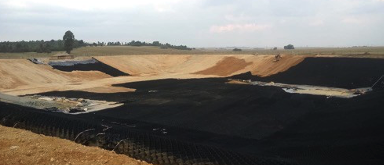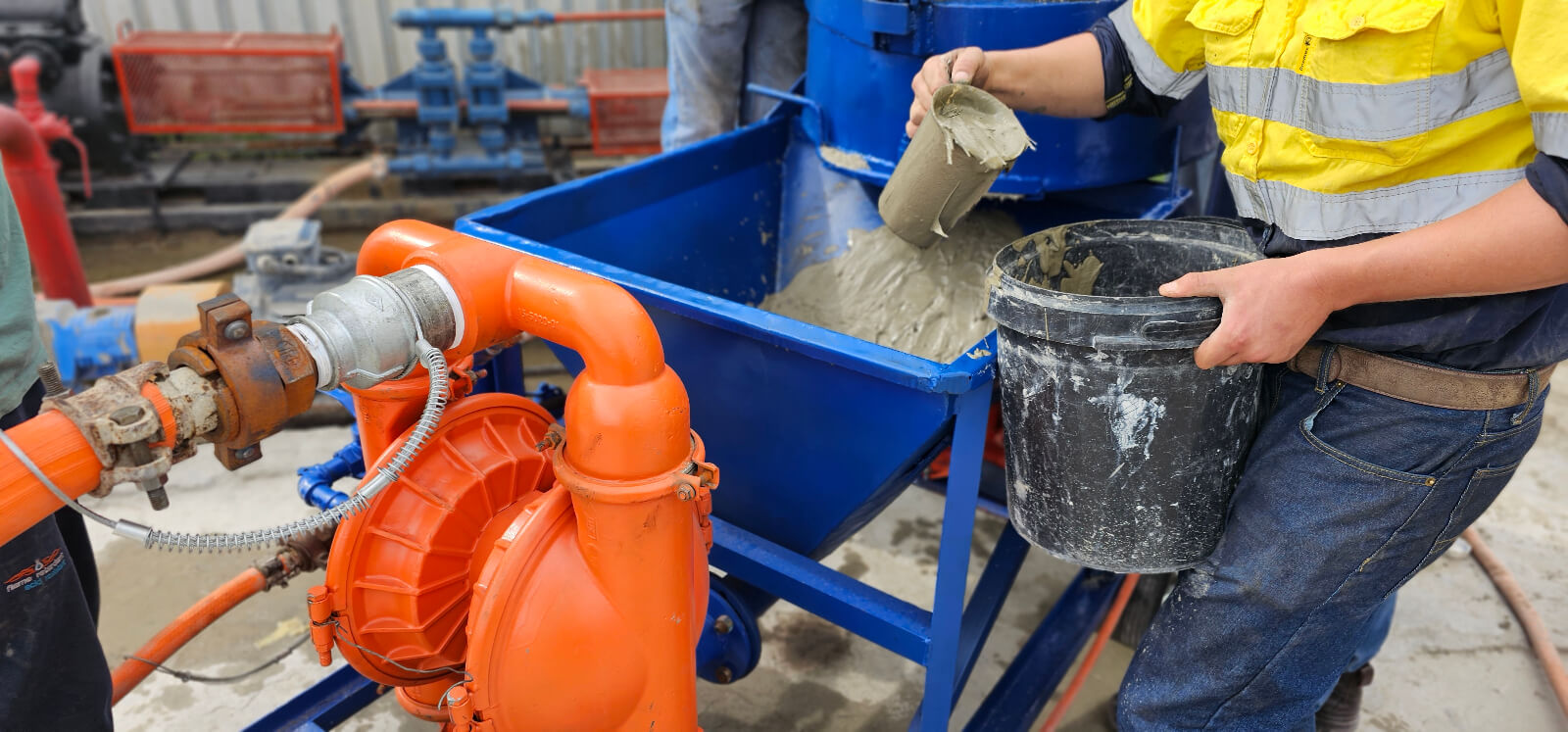
The objective of road stabilisation system is to improve strength, reduce soil plasticity and lower compressibility either by binding the soil particles, waterproofing them or a combination of both.
It involves the application of mechanical processes and chemical additives to achieve these aims:
The success or failure of a road is often dependent upon the underlying subgrade the material upon which the pavement structure is built.
The performance of a subgrade relies on the following:
The subgrade must be able to support loads transmitted from the road structure. This load bearing capacity is often affected by degree of compaction, moisture content and soil/stone type. A subgrade that can support a high amount of loading without excessive deformation is considered beneficial.
Moisture tends to affect subgrade properties including load bearing capacity, shrinkage and swelling. Moisture content can be influenced by several variables such as drainage, groundwater table elevation, infiltration or pavement porosity (which can be assisted by cracks in the pavement). Excessively wet subgrades will deform or deteriorate excessively under load.
Subgrade materials are typically characterized by their resistance to deformation under load, which can be either a measure of their strength (the stress needed to break or rupture a material) or stiffness (the relationship between stress and strain in the elastic range or how well a material is able to return to its original shape and size after being stressed).
In general, the more resistant to deformation a subgrade is, the more load it can support before reaching a critical deformation value.
One of the main causes of road damage, limitation of longevity and serviceability of road systems, is presence of excess water filling the pores of road materials. It is known that road structures perform better in dry conditions. On occasions where roads have had to be built on wet terrain, drainage structures have been designed to keep the road structures as dry as possible.
Arc Innovations road structures are designed to account for the drainage as these aspects are of particular importance:
Water to flow to the lateral ditches.
Road surface should be above the seepage of groundwater.
To convey water away from the road structure and prevent water table rise to the surface of the road.
Poor drainage will lead to:
Water may accumulate on the road causing ponding. Any accumulated water creates a risk of hydroplaning when the roads have water on them. The wet road surface reduces friction which leads to longer distances needed to brake vehicles.
Small diameter and clogged culverts can cause water to flow towards the road and produce erosion. Water exiting from culverts can similarly cause erosion when it discharges directly on to the sidewall.
Road structures can suffer permanent deformation. Poor drainage and moisture are the main contributors to permanent deformation on roads. This can result in reduced traffic safety, increased driver health issues, lower bearing capacities and higher costs for road owners and users.
The most important factor triggering the need for road maintenance is poor quality Drainage.
By having the correct drainage conditions during construction and in critical sections of road systems, an increase of the road serviceability by a factor of 1½ - 2 times over the life span of an unmaintained road. Correct drainage and drainage maintenance can lead to major savings for owners of roads.
Up to 55% of the material that Arc Innovations use in the mix is currently sourced underground thereby reducing the cost significantly.
The material available underground will vary but can be sourced from several areas:
The physical and chemical properties of the different materials need to be assessed to ascertain the viability for use in the roadway.
Several construction methodologies for roads currently exist:
(View the accompanying brochure for illustrations on the above)
The most appropriate method of application in the current environment underground is deemed to be the geocell application using the following methodology.
ARC Innovations’ Road system technology for the underground roads can meet the set requirements while realising a significant reduction in carbon emissions with a zero-cement application that can obtain compressive strengths of between 1MPa to 100MPa.
The Geocell technology ensures that water moves freely underneath the road (as opposed to large amounts of water collecting on the surface) making it safe for underground mine travel.
The additives improve material properties such as strength, permeability, volume stability and durability. A spreader truck can be used to apply the required dosage rate or through a plant mix pugmill operation.
By using Activator SA and Activator SM, Arc Innovations can control set times between 10 minutes and several hours based on each individual circumstance.
Compressive and flexural strengths can be controlled to achieve good strengths within 6 hours of casting allowing vehicle movement across its surface.
Application is simple and fast and can increase the speed of road production by up to 200%.
View the product brochure to learn more about Underground Road System.

Connect with us to explore how our solutions can elevate your next project.
ARC Innovations develops, produces and markets ec0-innovative products and technologies via pioneering initiatives, ground-breaking reseARCh and inventive, but practical solutions.
© ARC Innovations 2025. All rights reserved.